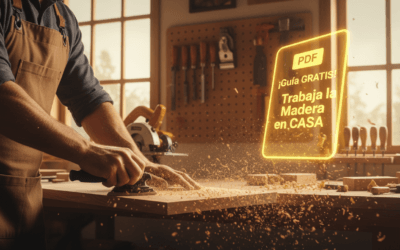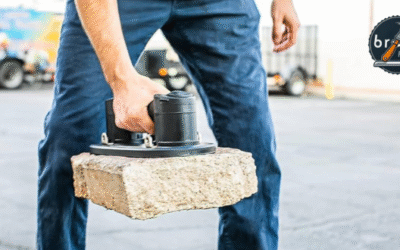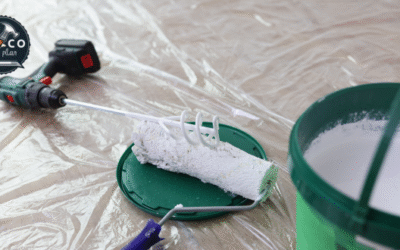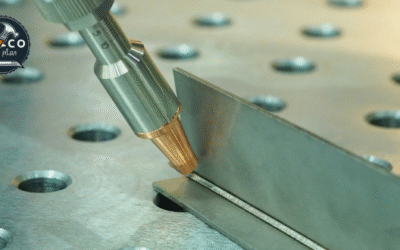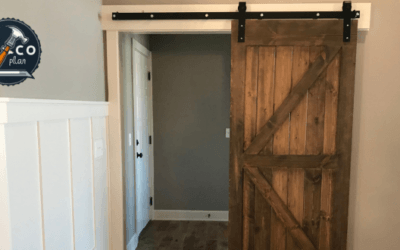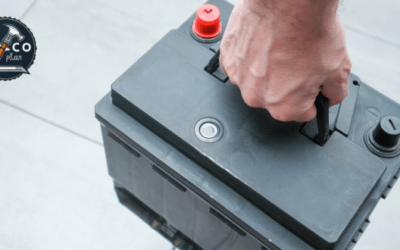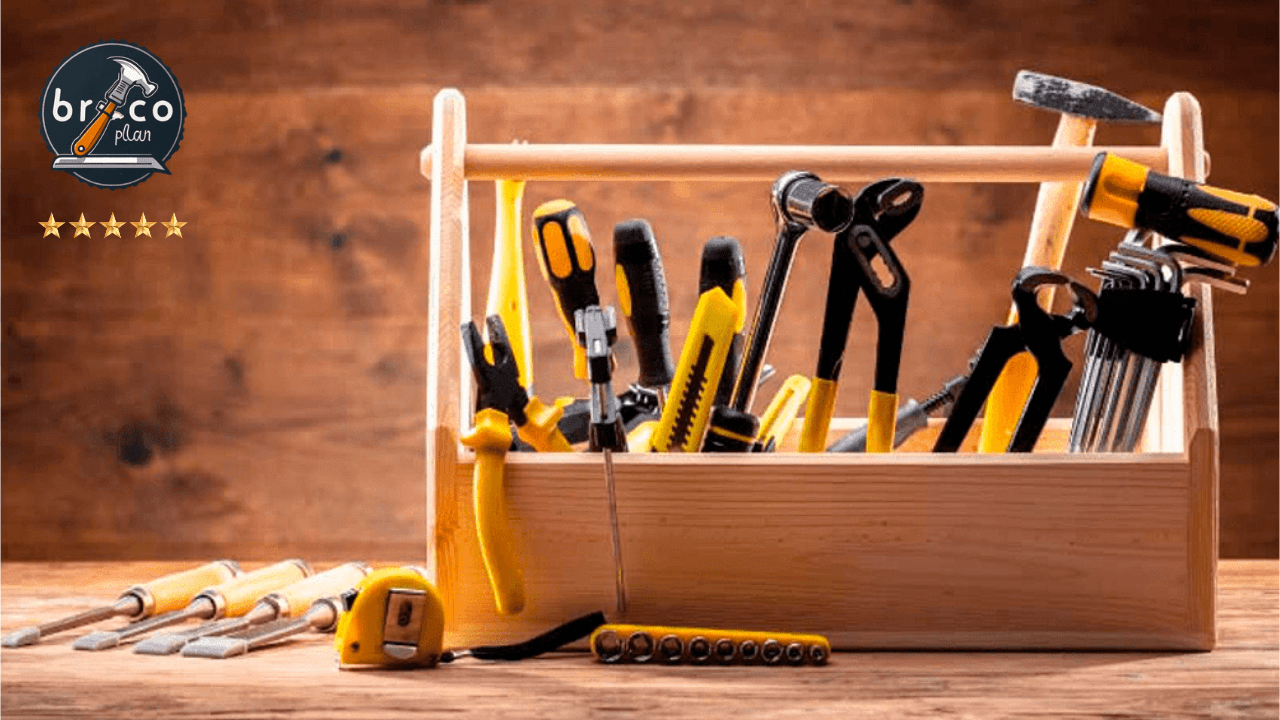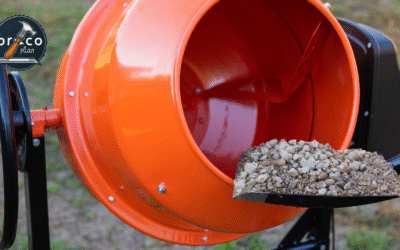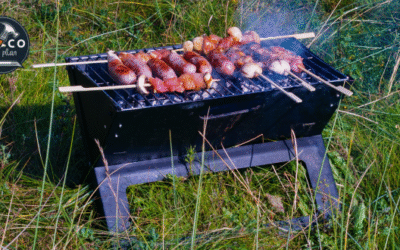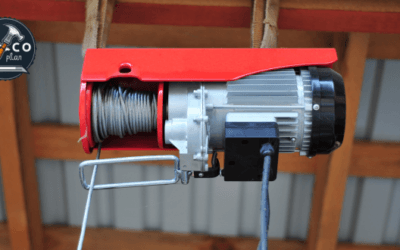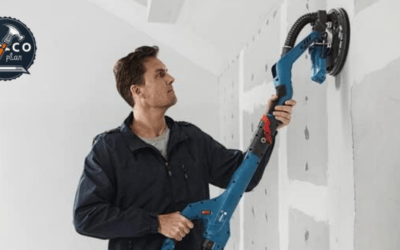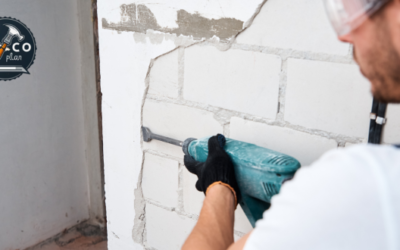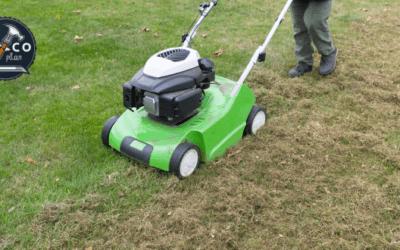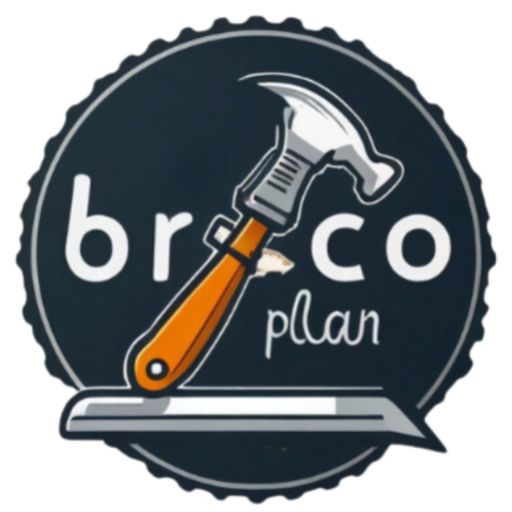
Screwing into Wood Correctly – Professional Tips & Tricks
In the world of DIY, screw into wood correctly It's much more than just inserting a screw: it's a technique that guarantees the durability and safety of your projects, avoiding breakage or unnecessary wear. With my experience in renovations, advice from Leroy Merlin, and my passion for transforming spaces, I've learned to choose the best tools for screwing into wood correctly.
I'll analyze tools, anchors, and screws – Tips & Tricks from Professionals so that each screw is perfectly installed. In this article, I'll give you practical tips, product recommendations, and answer frequently asked questions so that your wood projects are a total successl.
Screwing into wood may seem simple, but the technique and tools you use make all the difference. Over the years, I've found that use appropriate wood plugs and screws, pre-drill the wood and adjust the screwing force are fundamental aspects to obtain professional results.
The key is to understand the different types of wood screws, the importance of choosing the right tools, and learning how to spot common mistakes. This article is not only a step-by-step guide, but also an invitation to transform the way you work. Screwing into Wood Correctly, providing you with the knowledge to undertake any project, from building furniture to remodeling your home.
Understanding Wood Screws
Types of Wood Plugs and Screws
There are different types of wood screws on the market, each designed for specific needs. The most common are:
- Wood screws: Ideal for joining pieces of solid wood or plywood.
- Fine and coarse thread screwDepending on the type of wood, fine threads provide a soft grip, while coarse threads provide greater hold.
- Plugs and Screws: Used when reinforcement of the joint is required, especially in soft woods or in applications where the load is greater.
Likewise, the wooden blocks (or wooden plugs) are used to complement the fixing system, providing additional stability and reducing the risk of the wood breaking when screwing.
Important Features
Before you begin, it is essential to keep in mind:
- Diameter and length: Select the screw based on the thickness of the wood.
- Material and coating: Galvanized or stainless steel screws are ideal for preventing corrosion.
- Pre-drilling: Drilling a pilot hole reduces pressure on the wood and prevents it from splitting.
Necessary Tools for Professional Work
Having the right tools is essential to ensuring every screw is straight and secure. Below, I'll show you some of the top products I've tested, many of which are available on Amazon.
| Product | Features | Ratings |
|---|---|---|
| DEWALT DCF680G2-QW Electric Screwdriver | Powerful, lightweight, long-lasting battery | 4,3 ⭐ |
| Makita DDF482Z Cordless Drill Driver | Precision drilling and screwing, ergonomic | 4,3 ⭐ |
| 360-piece Wood Screw Set | Different sizes and threads, galvanized steel | 4,0 ⭐ |
| Set of 500 wooden dowels | Variety of sizes, high strength, easy to use | 4,8 ⭐ |
Best-Selling Electric Screwdrivers
Best Selling Cordless Drill Drivers
Best Selling Wood Screw Set
- Storage Sorting: Whether you're doing home repairs, making your own furniture, or just…
- Premium Quality: These screws are made of premium carbon steel, yellow zinc plated for…
- Easy to use: Each screw has a sharp bottom, which can not only penetrate various materials easily, but also...
- -M3*16/M3*20/M3*30/M3.5*16/M3.5*20/M3.5*25/M4*20/M4*30/M4*40, a total of 9 screw sizes, 400 pieces, to suit the different...
- – Countersunk wood screws are made of high-quality colored zinc, bright colors, and beautiful appearance…
- – Thanks to the cross-shaped slot design, the chipboard screw can be easily drilled into wood, the thread…
- THE WOOD SCREW SET YOU NEED – Get an assortment of screws in one kit! This assortment includes screws…
- VERSATILE SHORT SELF-DRILLING SCREWS – These small galvanized steel screws can be used with natural wood…
- MADE TOUGH – Our self-tapping screw set is made from galvanized carbon steel with…
Best-Selling Wood Dowel Set
This selection will help you choose the tool or the dowels and screws that adapt to your needs and budget, guaranteeing optimal results in each project.
Hand Tools vs. Power Tools
If you enjoy the manual process, classic tools like impact drivers and adjustable wrenches are essential. However, the revolution in modern DIY is power tools, which provide speed and precision. The choice will depend on the type of project and frequency of use.
Tips & Tricks for Screwing into Wood Like a Pro
Here are a few tips I've perfected over time to achieve a professional finish:
Preparation and Measurement
- Pre-drilling: Use a drill bit slightly smaller than the diameter of the screw to prevent the wood from cracking.
- Score points: Before drilling, mark precisely where you want to place each screw.
- Measure depth: Make sure the screw penetrates far enough into the wood, but not too far. A general rule of thumb is to insert at least two-thirds of the screw's length into the receiving piece.
Angle and Screwing Technique
- Right angle: Make sure the screw enters at 90° to the surface to ensure an even hold.
- Speed and pressure: Use a moderate speed on your electric screwdriver. Too much speed can damage the thread or the wood.
- Use of accessories: If your power tool does not allow fine adjustment, use manual accessories or torque regulators.
Avoid Common Mistakes
- Splintered wood: To prevent the wood from splintering, place masking tape over the drilling area.
- Loose screws: If you notice that a screw is not tightening properly, you may need to pre-drill or use an additional anchor.
- Misalignment: Check the alignment before permanently securing the screw; a small error can affect the overall stability of the project.
Safety and Ergonomics Tips
Eye protection: Always wear safety glasses when drilling or screwing.
- Gloves: To protect your hands and avoid cuts or scrapes.
- Rest: If you work for long periods, take breaks to avoid fatigue, which could affect accuracy.
Step-by-Step Procedure for Screwing into Wood
Below is a step-by-step process based on my personal experience:
- Planning and Design:
Determine the layout and location of each joint. Make a sketch if necessary and verify that the measurements are accurate. - Selection of Materials and Tools:
Check out our product comparison to choose the right screwdriver, anchors, and screws for your project. - Marking and Pre-drilling:
Using a pencil and ruler, mark the screw points. Pre-drill with a drill bit appropriate for the screw size. - Screwed:
Use an electric or manual screwdriver as you prefer. Start at a low speed to ensure alignment and gradually increase the speed until the screw is secure. - Verification and Adjustment:
Once screwed in, check the fit. If necessary, adjust the pressure to prevent the screw from being overtightened and damaging the wood. - Final Review:
Check that all the screws are aligned and that the structure is secure. A professional finish is the result of meticulous inspection.
Pros and Cons of Screwing into Wood
Below is a table summarizing the main advantages and disadvantages based on real DIY experiences:
| Pros | Contras |
|---|---|
| Greater durability in the joints | Requires preparation time |
| Prevents wood splintering | You need specific tools |
| Uniform and stable fixation | It can be expensive on large projects |
| Savings on future repairs | Practical demand to achieve perfection |
| Optimizes the aesthetics of the project | Requires prior technical knowledge |
| Compatibility with multiple materials | Possible fatigue from prolonged use |
| Versatility in DIY applications | Pre-drilling errors affect results |
| Improves structural safety | Requires regular tool maintenance |
FAQs – About Screwing into Wood
How to prevent wood from splitting when screwing?
Pre-drill with a drill bit of the appropriate diameter and use wooden dowels if necessary.
Can you just screw it into the wood?
Although it is possible, it is ideal to pre-drill and use tools with torque control to avoid damage.
How far should a screw go into the wood?
It is recommended that at least two-thirds of its length be inserted, ensuring optimal fixation without compromising the integrity of the piece.
How to screw into wood by hand?
Use a screwdriver with the appropriate bit and apply steady pressure, using a hand drill if necessary for greater precision.
How do you screw it in correctly?
Align the screw at 90° to the surface, pre-drill, and adjust the speed of your tool to avoid damaging the wood.
How far should I screw into the wood?
Avoid protruding the screw head; it should be flush or slightly recessed to avoid compromising aesthetics and security.
What to do when a screw won't tighten in wood?
Check if the pre-drilling was adequate, choose a screw with the correct thread, or use anchors to improve grip.
What tool do you use to screw into wood?
The most recommended are the electric screwdrivers and drill drivers, which offer precision and torque control.
Is it always necessary to use wooden blocks?
Not always, but they are very useful in soft woods or when greater reinforcement is required in the joint.
Conclusions and Preferred Tools
In conclusion, screwing into wood correctly is the result of careful planning, proper tool selection, and precise techniques. After testing numerous options, I've identified two tools that stand out and which I highly recommend:
My 2 Favorite Tools for Screwing into Wood Correctly
DEWALT DCF680G2-QW Electric Screwdriver
- Our 7.2V electric screwdriver is ideal for light screwdriving: gyroscopic system with variable speed has…
- Thanks to its rubber handle, it's comfortable and stable to use. Its quick-insert bit holder system allows for easy use…
- Discover this professional tool for extreme work with its included accessories: our electric screwdriver…
Its power, ergonomics, and long-lasting battery make it ideal for intensive projects. Its precision and torque control ensure each screw is perfectly driven without damaging the wood.
Makita DDF482Z Cordless Drill Driver
- 18V Lithium-ion Drill Driver
- Motor with 4 brushes, achieving greater speed and power than previous models
- Grip with new, more ergonomic design
Distinguished by its versatility, ease of use, and compact design, this drill allows for work in tight spaces and offers an excellent drilling-to-driving ratio, ensuring a professional finish in every application.
These tools have proven to be the most effective for my projects, both in home renovations and major interventions, and their Amazon reviews support their quality and popularity, even though they don't include batteries.
Final Message
Screwing into wood is a skill that improves with practice and experience. Properly placed anchors and screws not only join pieces together, but also help transform a simple project into a lasting and beautiful piece of work. Trust the tips presented here, try the recommended tools, and don't hesitate to experiment. Your home and your DIY projects will thank you!
If you have any questions, comments, or experiences you'd like to share, leave your feedback below! And don't forget to subscribe to our newsletter to receive more exclusive tips and tricks.
Complementary Tickets
To further explore DIY topics and improve your readers' experience, I recommend the following seven complementary Bricoplan posts:
- Home repairs everyone should know how to do
- DIY projects for the home
- Organizing your DIY workshop at home
- Tips to fortify your front door and protect your home
- 15 basic DIY tricks that will transform your home
- How to Plan a DIY Project: Complete Guide
- The secret behind perfect floating shelves
Josep, Bricoplaner and renovation advisor at Leroy Merlin








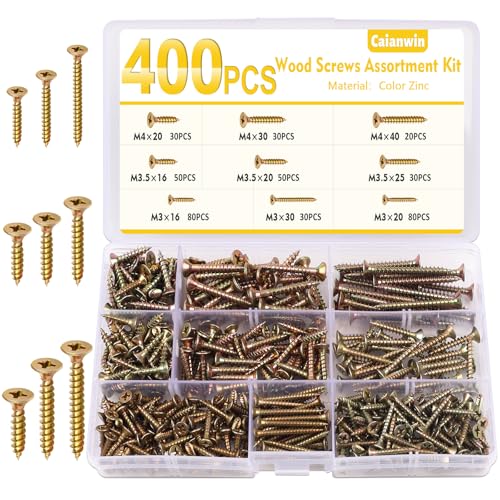
![Winter Shore Galvanized Steel Wood Screw Set [Pack of 10]](https://m.media-amazon.com/images/I/51QYzVf6iLL._SL500_.jpg)





